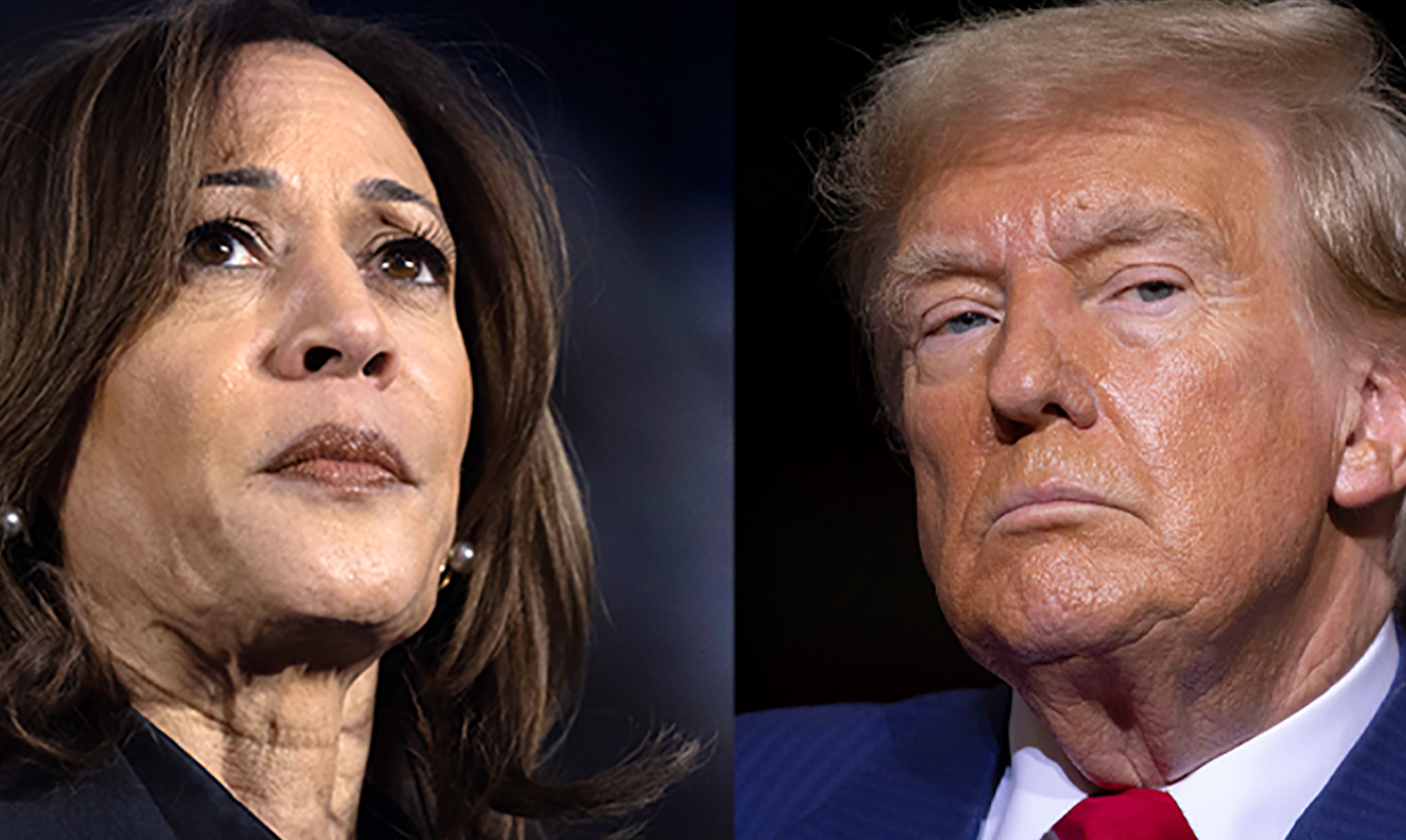Most of the final polls for the 2024 presidential campaign in the US have found a neck-and-neck contest between Kamala Harris (Democrat) and Donald Trump (Republican) in their pursuit of the White House.
I’m profoundly suspicious and sceptical of pre-election polls. I’m still reeling from how dead wrong they were in November 2016 when an easy sweep was predicted for Democratic nominee Hillary Clinton against Trump.
From Worcester to Washington, everyone knows how that election turned out, and pollsters were criticised for failing to project a victory for Trump.
There were also polling discrepancies in November 2020 when it was Trump vs Democratic nominee Joe Biden. In some states, the Trump campaign clinched more ballots than the polls had initially projected. In states where polls had favoured Biden, the vote margin went to Trump by a median of 2.6 additional percentage points. And in Republican states, Trump did even better than the polls had indicated — by a huge 6.4 points.
In assessing an election cycle, I prefer a safe and cowardly approach: wait for the election results to be called and declared by officials. Since 2016, it has greatly saved me from speculation and public embarrassment. I’ll be taking the above-mentioned approach as the Harris vs Trump votes are counted in the next few hours.
In the interim, there are pertinent questions to ask about polls.
Is there a place for polls when making sense of the nation’s psyche and perhaps explaining the complexities around elections? Should we stop relying on polls because they have got it totally wrong in the past?
I’d argue that there is a place for pre-election polls, but it is essential to acknowledge that they have limitations. Opinion polls help politicians understand what the public wants and the public understand who is popular at the ballot box. That’s as far as the value in polls goes.
The numbers and percentages contained in polls are interesting. However, more interesting are the stories behind the numbers and rationale for why people believe a Harris or Trump presidency will be good for the economy, cost of living, protection of abortion and gay rights, fostering equitable access to excellent and affordable healthcare, and more. It requires some old sleuthing, going out and speaking to people, being acquainted with their hot-button issues, finding out if they plan to partake in the voting process, or why some are single- or multiple-issue voters. Go outside, touch some grass, and leave dipstick surveys/polls at the office desk.
The big lesson of the 2016 polling failure is that the public is now aware of the limitations behind pre-election polls. And pollsters are prioritising disclosures around the limitations of polls — even before trumpeting their findings. This is why you are probably hearing more about the “margin of error” in polls, which enables readers to understand how much precision or reliability they can reasonably expect.
Pollsters usually survey a sample group of voters, which could be a representative subset of the population. This sample probably will not match society’s “true” makeup, as it is impossible to interview everyone in the population. A prominent pollster recently told me about sampling and polling: “You don’t need to eat the whole bowl to know how the soup tastes, just a representative spoonful.”
What often undermines the findings or skews the credibility of polls is voter turnout. It is harder to predict as not all registered voters show up to cast their votes. Voter turnout matters. (Note: Well, in the US, there is also the complication of the electoral college mechanism involved in choosing the President. In addition to garnering votes, presidential candidates also have to win states. Winning one of the 50 states means the candidate collects all the so-called electoral college votes. There are 538 electoral college votes in total. A candidate must gain a majority of the votes — 270 or more — to win the presidency.)
But let us stick with voter turnout.
A high voter turnout is usually an indicator of a healthy and inclusive democracy, and the engagement of the public. A low voter turnout can indicate the public’s distrust and disillusionment in the electoral system, often called voter apathy. The difference between the two could mean that either a former prosecutor or a convicted felon ascends to the White House. DM
Business Maverick
After the Bell: Why I take pre-election political polls with a pinch of salt
The year 2016 was a flashpoint for election polls. A sweeping victory for Hillary Clinton was predicted against Donald Trump. In assessing an election cycle since then, I prefer to take a safe approach: wait for the election results to be called and declared by officials.





